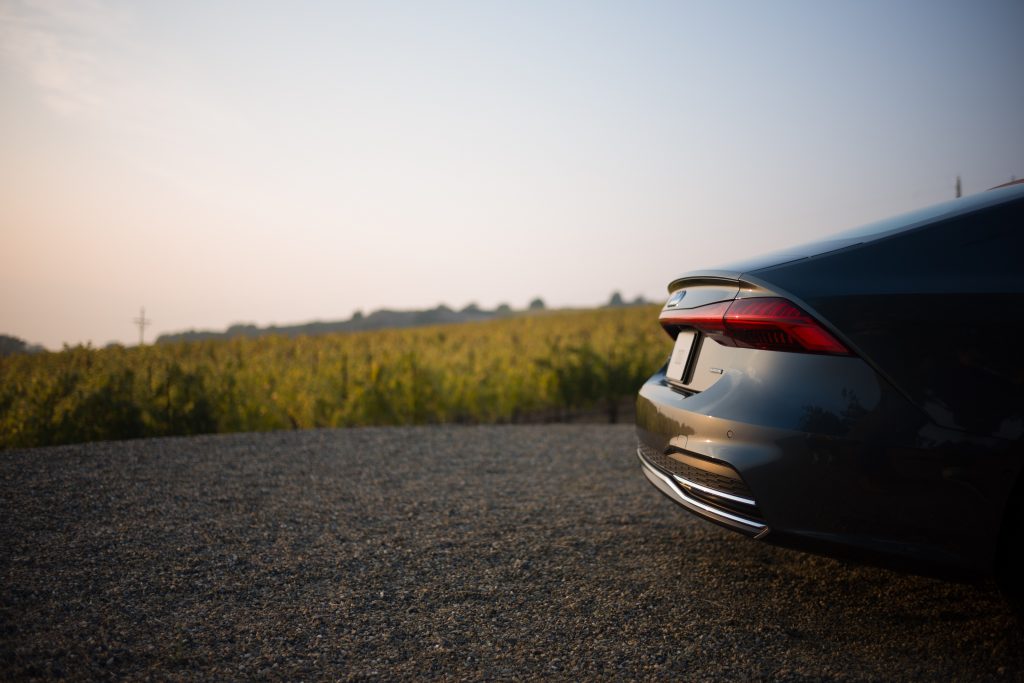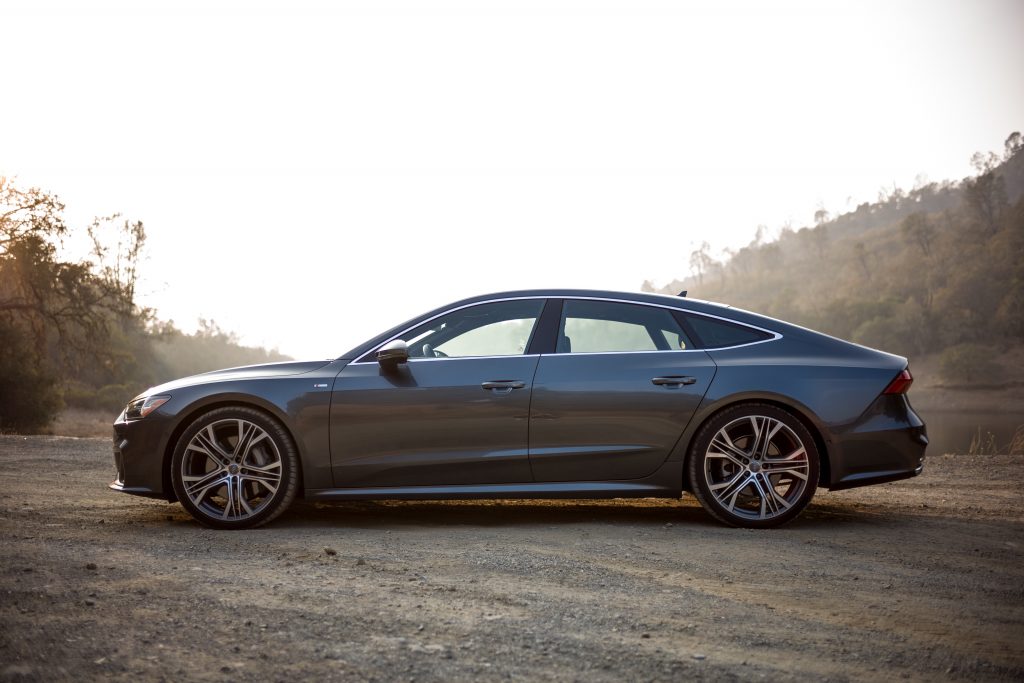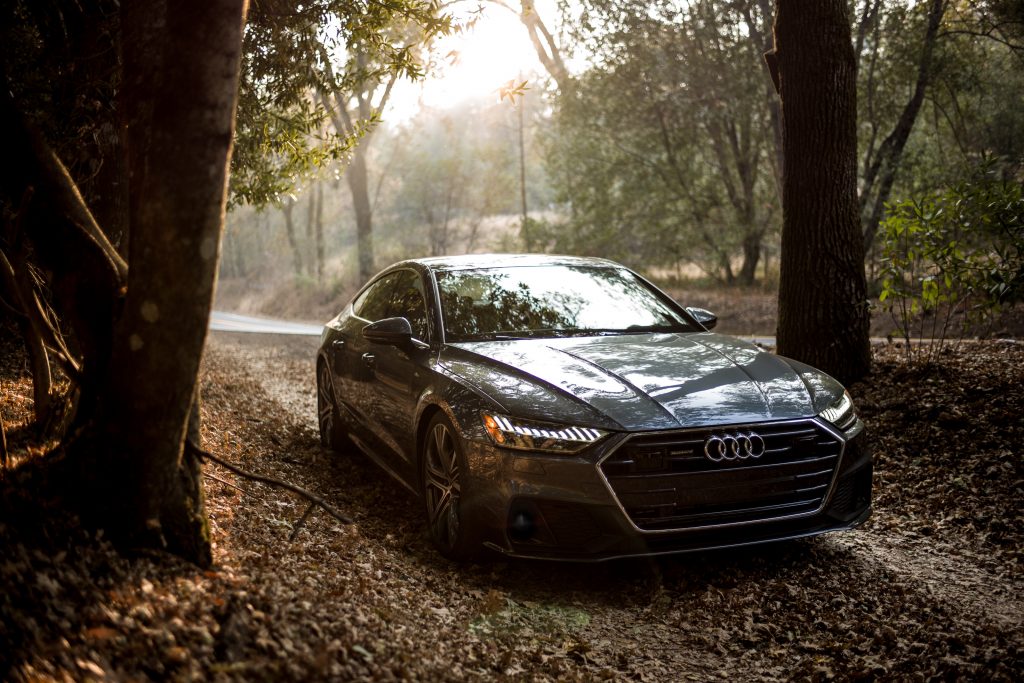Lighting The Audi A7 Sportback
The second-generation model boasts innovation from the LED headlights all the way back

Audi‘s A7 Sportback set the new gold standard for a four-door coupe’s lines and proportions when it debuted as a concept car back in 2009. The following year it went into production and now, ten years later, a totally refreshed iteration is on the streets. The 2019 A7 makes extensive use of digital lighting to create a clean, sleek silhouette with undeniable presence. Fusing the usability of a sedan, the versatility of a sportback and the seduction of a coupe, the five-passenger car’s overhaul sees the addition of crisp exterior lines, a mild-hybrid powertrain and a more refined cabin. But it’s the advances in the car’s lighting system that really take center stage.
As Cesar Muntada, Audi’s Chief Lighting Designer, says, “We all relate to light. When we are born, it’s the first thing we see. We all have the same experiences with light… When we are thinking about how we learn about this world, it’s thanks to the light of the sun that we learn how our objects look—we can judge proportions, shapes… We learn our world through the light.”

From head to tail, the A7 showcases the next generation of Audi lighting innovation—starting with the high-definition matrix-design LED headlights that greet upon approach. Extending from the sedan’s hallmark Singleframe grille, the lighting system employs a dozen segments designed to replicate the binary digits 0 and 1 and, when the engine is running, the lights pulse with the car’s signature rhythm.

Each A7 trim (Premium, Premium Plus, and Prestige) offers a different headlight system. All models come equipped with LED headlights and daytime running lights. Premium Plus adds the HD Matrix-design LED headlights and dynamic front turn indicators, while the top-of-the-line Prestige trim includes Audi laser light. Those high-beams (indicated by the blue X symbol in the lower portion of the headlight) can illuminate a greater distance than regular high-beams.
Based on information from the car’s sensors, the laser lights can self-adjust—down to the individual pixel—to oncoming traffic at speeds up to 43.5 mph. In fact, Audi claims they are 30% more energy-efficient than standard LEDs. “We do all this for safety, we don’t do this just to look good. Our main goal is to make a safer road,” Muntada says.

Inside, the illuminated cabin endows Audi’s fastback with shape, personality and movement. Contour lights line the console and door trim, highlighting the driver-focused center console and three-dimensional architecture designed around the MMI touch-response system and a pair of high-resolution display screens.
Audi offers two lighting packages for the A7’s second-generation. The ambient LED interior lighting package illuminates the cabin with white accents, while the upgraded package provides a broader color palette for a festive drive experience.

The A7 also makes a statement from the rear, replicating the digital light pattern at the front of the vehicle. Connected by a continuous LED light strip composed of 13 vertical segments, the taillights showcase the A7’s prominent, angular lines and truncated tail. The full-width light strip illuminates the car’s adaptive spoiler, which activates when the car is traveling faster than 75 mph. All models come equipped with LED taillights and dynamic rear turn signals that create a sense of motion when in use. Models with the HD Matrix headlight design also get taillights that animate when the car is locked or unlocked.
Illuminating the car from its sloping roofline to tapered rear, Audi’s next-generation, nuanced and sophisticated lighting systems stands a strong chance in helping the newest A7 quite literally overshadow its rivals.
Images by Josh Rubin












